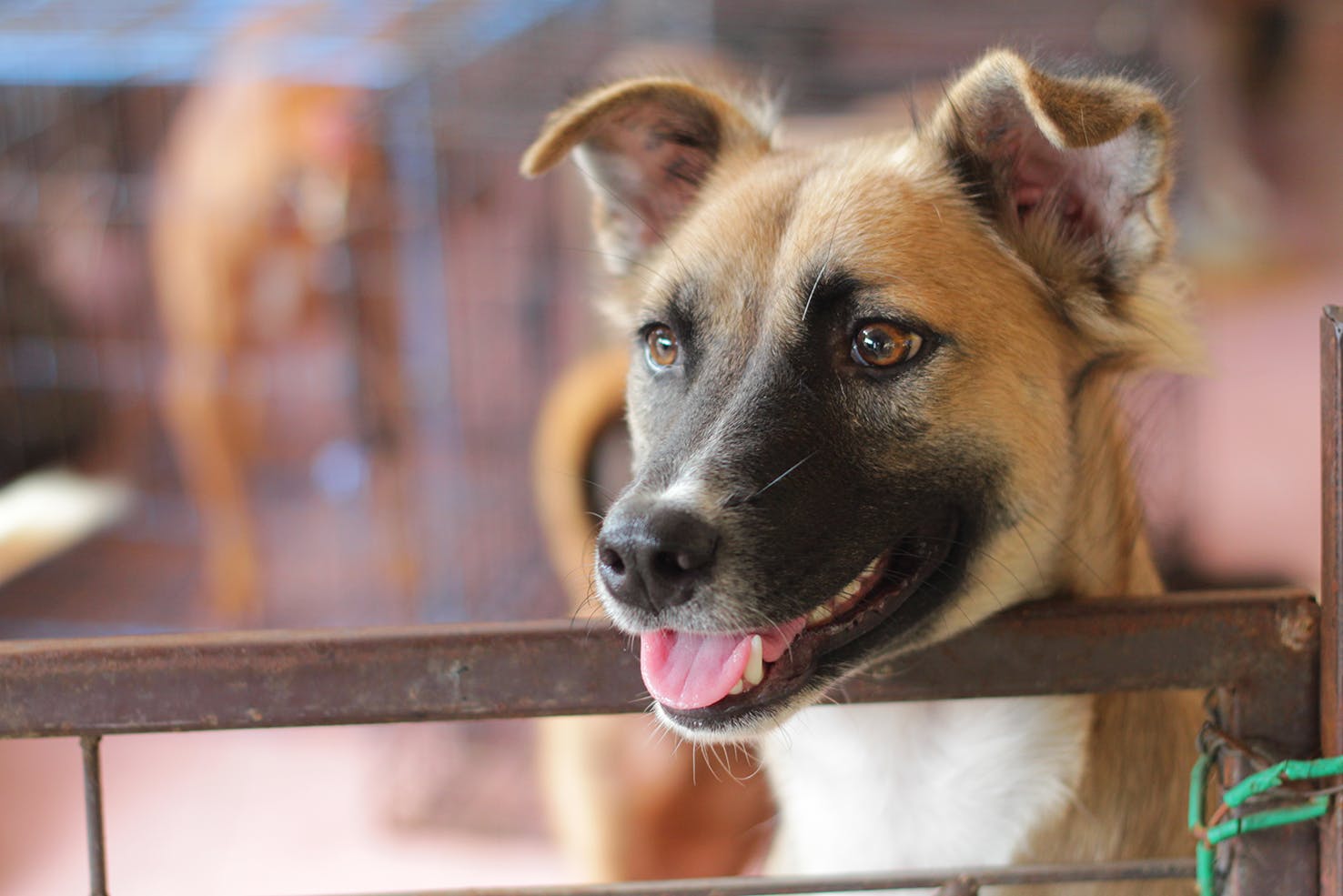
Written by Cory Warren
Veterinary reviewed by:
Published: 05/31/2019, edited: 08/28/2023
By professional dog trainer Robert Cabral
Rescue dogs are just like any other dog, right? Mostly.
While people make assumptions of rescue dogs, I’ve worked with thousands of shelter dogs through my work with Bound Angels and it’s often a new pet parent’s perception that every rescue dog has a hard-luck story — and that story can set the dog up for failure.
Dogs are extremely resilient animals and their emotions depend a great deal on the people around them. If they’re treated like something is wrong, they may suspect something is wrong.
Tips to help your rescue dog adjust at home
Dogs pick up on our energy and emotions. So that look of “I did something wrong” when your dog pees on the carpet is often a reflection of your look when you see the spot. Instead, try these tips to set your new rescue pet up for success.
When you bring your new rescue dog home, the most important thing to do is NOT remind them of their potentially difficult past. It’s a new day and their new amazing life starts today.
That said, you must provide structure to any new household dog. Make sure you start your dog off in a crate so they begin to learn this structure. Crates help dogs feel more secure early on and will keep your pet (and your home) safe!A dog that came from a shelter or rescue was probably crated or at least confined to a kennel. Immediately opening your entire home and yard to the dog gives too much freedom, too fast. That freedom is often confusing, and the dog will inevitably chew on something or pee or poop in the house — and, as a result, lose that freedom before they're able to benefit from it.
I like to think of starting the dog off in my home with the limited freedom they had at the shelter, so I put them in a crate. Then I open up their world a little at a time, eventually giving them all the freedom they desire.
When the dog is not with me, walking, training or engaging, they have their own little spot where they are safe and content. In the crate, give your dog chew toys, a bed and a safe space where no one will bother them — no children, people, other dogs, or cats. No one!
I also like to hand feed new dogs, whether they’re puppies or adult dogs, for at least a few meals. I want the dog to know that I am the bringer of everything good. Remember, only adults (and not young children) should do this. Also, make sure to check with the shelter or rescue to make sure the dog doesn’t have any food resource issues.
If there are other dogs in the house, I introduce them slowly and always on leash on a walk before entering the home. Remember, your current dog comes first! The new dog goes to the bottom of the ladder no matter how sad their story. This structure will benefit both dogs and will help the new dog grow into their position.
Getting your dog plenty of exercise and training will also benefit their transition. Still, when it comes to training in the first few days, less is more — at least until the dog has acclimated to the new home.
Be sure your new dog is microchipped and has a properly-fitted collar with a tag. This is especially important with a new addition, who may be insecure and run if they get off leash.
Welcome your rescue dog to your home by giving them every opportunity to forget where they came from and think only about the great life they've landed by being your new best friend.
Comments (0)
Leave a comment
Related articles
About Wag!
© 2024 Wag Labs, Inc. All rights reserved.
About Wag!
© 2024 Wag Labs, Inc. All rights reserved.
Security
© 2024 Wag Labs, Inc. All rights reserved.